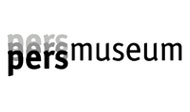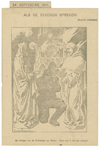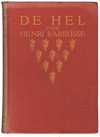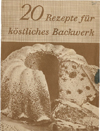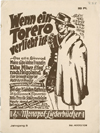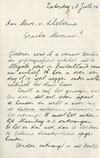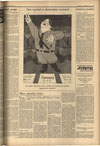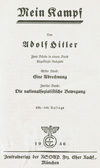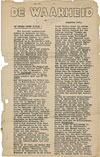1900-1945: Mass Media and Censorship I
The 20th century was the century of the mass media: the press, film, radio and of course, following the Second World War, television. All these media were susceptible to censorship. Censors applied various instruments to curb them. In its early days, radio was more strictly regulated than printed material. It was easy to interrupt broadcasts by technical means.
The 20th century saw major ideological movements struggle for control of the state. Where they succeeded, freedom of expression was immediately abolished and strict censorship introduced: in Russia from 1917 onwards, in Germany in the 1930s, in Spain under Franco, in Kemalist Turkey, Maoist China, Islamic Iran.
All over the world liberation movements struggled to achieve decolonization and independence. Colonial powers answered with censorship and repression. This continued even as the process of decolonization got underway after the Second World War. The newly independent states in Asia, Africa and the Caribbean developed their own strategies, including censorship, to protect their freshly acquired freedom.
Secular and religious authorities saw the enormous potential for using mass media for education, coercion and repression. On the other hand, constant advances in technology made it ever easier and cheaper to evade control and censorship. To give one example, the mimeograph (or duplicator) became the favourite printing technique for illegal publications during the German occupation and, in the 1970s and 80s, for all kinds of opposition movements. Radio - short-wave radio has an enormously long range - and television were used to spread opposition-inspired ideas and content across the national borders of countries with strict censorship.

